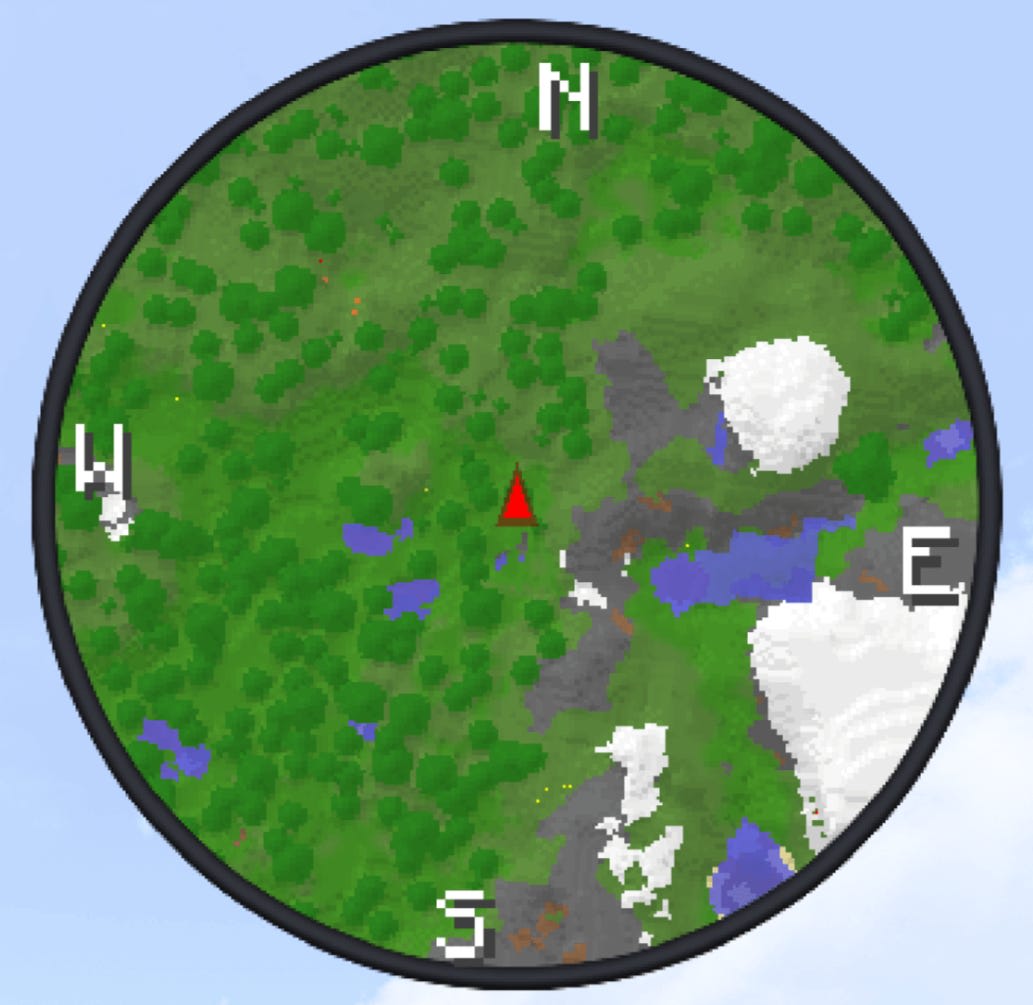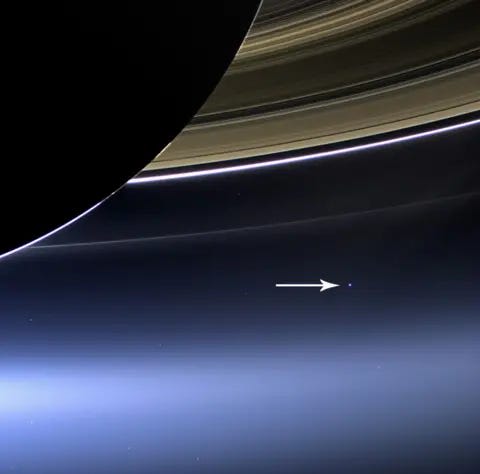Published on November 16, 2025 4:02 AM GMT
There are tribes in Australia that don’t use “left” and “right” in their speech, relying instead on cardinal directions — their equivalents of north/south/east/west. Members of these tribes are always aware of the direction they are facing. Instead of “shift left a bit,” someone might say “slide your cup north,” and everyone instantly understands.
A year ago, I got a taste of what their experience is like. I accidentally gained a semi-ongoing sense of north/south/east/west. And then lost most of it.
Moving home every two weeks
I was moving out of my place and didn’t want to get a permanent one yet. Staying in a bunch of different group houses in London and exploring their social dynamics seemed fun….
Published on November 16, 2025 4:02 AM GMT
There are tribes in Australia that don’t use “left” and “right” in their speech, relying instead on cardinal directions — their equivalents of north/south/east/west. Members of these tribes are always aware of the direction they are facing. Instead of “shift left a bit,” someone might say “slide your cup north,” and everyone instantly understands.
A year ago, I got a taste of what their experience is like. I accidentally gained a semi-ongoing sense of north/south/east/west. And then lost most of it.
Moving home every two weeks
I was moving out of my place and didn’t want to get a permanent one yet. Staying in a bunch of different group houses in London and exploring their social dynamics seemed fun.
There is a term “staycation” — renting a hotel in your own city and having a vacation as if you are visiting it. I’d move into a new house for a couple of weeks and have a shitty staycation. You know how when you check in in your hotel, you have this fun period of exploring the city around it? I’d have these every few weeks, except with way less fun.
Because these exploration would happen in my city, I’d eventually learn how each area related spatially to other areas I’d previously lived in or visited. Video games often present you a disconnected series of maps you teleport between via a loading screen. Similarly, before this experiment, London was a series of disconnected areas separated by the tube rides — or bike rides navigated via an auto-rotated map. But now the familiar areas were all coalescing into a single map.
The “map enlightenment”
I’d just moved into one of my temporary homes. I was standing on the balcony trying to figure out if I could see a high-rise building where I’d lived two years ago—the balcony was facing it directly. It was far away, so I could only see the general area. Then I sat down to meditate, still facing the balcony, and an amazing insight struck me: I must be facing North, because that’s where my old home is relative to where I am currently.

The insight was accompanied by an internal compass being “forged” out of the “spaghetti code” of my internal computation of cardinal directions. Whenever I’d remembered them before, I’d recite them in my head on a vertical mental plane: North → West (left) → East (right) → South — in that exact order. I’d often question whether West or East corresponds to left or right. It’d be a clunky “System 2” calculation done explicitly and consciously. Suddenly it became a fast implicit “System 1” one with easier error-correction. This is similar to how learning a skill (like riding bicycle) might require a lot of explicit attention initially and later happen automatically — except the transition was sudden.

From then on, a quick glance at Google Maps was enough to orient me viscerally to north and the other directions. The four directions would be projected onto the real world as mental anchors — akin to N/S/W/E markers on minimaps in video games. They’d feel like the same kind of thing as the parts of my surroundings I couldn’t currently see. Close your eyes — you probably still have a mental idea of your surroundings. The anchors were woven out of that same mental fabric. Whenever I turned, they stayed put — like buildings do. The sensation was of me turning relative to them, not them rotating relative to me.

Using this new sense gave me a stronger feeling of being embedded in my environment. I had a mental map, and I was kind of a marker in it. If I leaned into the experience, it’d get trippy: zooming out to feel where other cities I’d visited would be, where the continents sit, and briefly experiencing myself as a speck on a round rock in space — a speck that could, in principle, learn to navigate by the stars.
The sense also made it easier giving myself mental walking directions after looking at Google Maps. I’d often think: “and there, turn East” instead of “and there, turn left”. Navigation became more efficient: glancing at the map would give me immediate cardinal directions so after charting a mental path I’d no longer have to spend effort “relativising” directions to left / right. Picking the correct side of the street for a bus route got simpler — I knew exactly which stop to choose without seven double-takes.
Keeping it alive
Eventually I moved into a permanent home and I had to navigate the city less. The skill became rusty in the same way a foreign language skill becomes rusty after returning home from the country that speaks it.
Still, even now, I have an aesthetic preference for navigation using this way — I know the navigation would be fundamentally easier with it. Lately I’ve been practicing it by turning off map auto-rotation in Google Maps while riding my bicycle. There’s no real downside, and sometimes an upside: it’s easier to notice when Google’s route is suboptimal. I’d also much prefer if the voice would give me cardinal directions (“turn East” instead of “turn left”), but alas, that’s not an option.
Writing this essay is another form of practice: a review session. I’m at Inkhaven in Berkeley, California as I write, but I am aware where the cardinal directions are — and where London lies from here, and where my home sits within it.
How you could learn this sense
Have 100 staycations in a short period of time and wait a spontaneous “map enlightenment”.
Just kidding. We have technology.
Mikhail Samin created an iPhone app, which beeps or vibrates whenever you are facing North. Here is his short post about it.
There are also companies selling vibrating compass belts. This belt has a better design, but I am not sure if it’s available for purchase. Also, someone made a DIY one.
Practicing perception upgrades
The idea that humans have five traditional senses (sight, hearing, smell, taste, touch) is a huge simplification. The truth is there isn’t a single number of senses. Depending on how you slice human perception, you end up with ten or more—proprioception, balance, interoception, temperature, time… The sense of cardinal directions is a useful one to have on the list.
The human mind is capable of abstracting arbitrary data streams into consistent predictions, creating richer and richer world models. In the future we’ll be streaming increasingly complex data directly into the brain via neuralink-like interfaces. Practice adding new senses today — and perhaps you’ll be better prepared for the singularity.
Discuss